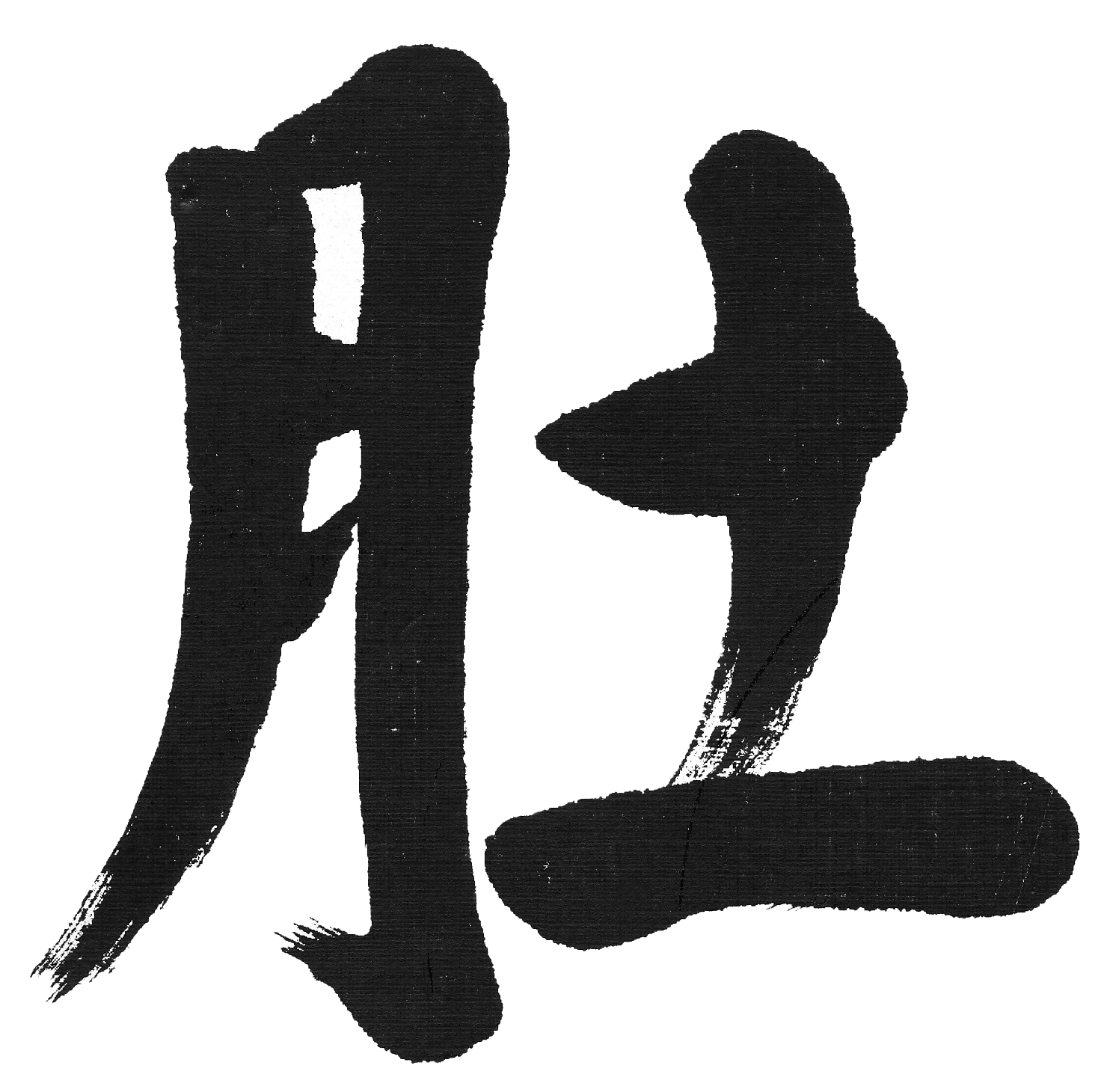Hara and Martial Arts: Ah Um Breathing
In my last entry, I focused on zazen (seated Zen meditation) as one of the traditional ways of developing hara. In this post, I will focus on another traditional way to train hara: martial arts. Since “martial arts” is a very broad term, I will describe one particular technique that has tremendous importance in the Chozen-ji tradition: “Ah Um” breathing.
Many years ago, before I started Zen training, I studied karate. There is a kata (standardized sequence) called “Sanshin”, in which you are supposed take very deep, audible, abdominal breaths, synchronized with foot and hand motions. Like most of the students in the class, I became fairly adept at making a lot of noise when I performed this. However, when I later started Zen training, I learned that what I thought deep and abdominal was really thoracic and shallow. In fairness to karate, this probably says more about me and the early stage of my training than it does about karate.
The foundational martial art taught in the Chozen-ji tradition is a two-person sword form called the Hojo kata. In it, deep, hara breathing is synchronized with movement. The sounds the participants make are prescribed: “Ah” during inhalation and “Um” during exhalation. So, too, are the facial expressions: the mouth opens wide during inhalations, and is shut tightly during exhalation. It said that the expressions actually resemble those of the two Nio, the traditional guardians of Buddhist temples often depicted in statues.
I started to learn the Hojo shortly after I started Zen training. Since I already knew how to make a lot of noise when I was breathing, I felt somewhat at home with Ah Um breathing. However, it was soon pointed out to me that I was not using my hara when I made the sounds; all I was doing was making facial grimaces and a lot of noise, while my lower abdomen remained flat. However, once I made the initial “discovery” of my hara, I was able to make the vocalizations while keeping expansion on the lower abdomen, whether making the “ah” or the “um” sound.
Ah Um breathing is not identical to the type of breathing used in zazen. In fact, it is an exaggeration of zazen breathing, which is much gentler. Further, one breathes solely through the nose when doing zazen, as opposed to in through mouth and out through the nose in Ah Um breathing.
In my experience, “Ah Um” breathing became obvious to me after I made the initial “discovery” of my hara. I then found it a very helpful way to deepen that early sensation of hara. But, in addition to deepening hara, I am convinced that the practice of Ah Um breathing can be helpful in achieving that initial discovery, particularly when practiced with a HaraMeter®. In the beginning stages, you should emphasize the “Ah”, because if you can’t expand the lower abdomen when inhaling, you can’t maintain expansion when exhaling. As you become more able to take a deep abdominal inhalation, you can work towards setting your hara and putting more emphasis into the “Um” as you exhale.
In this video, Alex Greene demonstrates an exercise based on Ah Um breathing. The facial expressions facilitate the engagement of the hara, so it is important to try to mimic them when you practice the exercise. The open mouth on inhalation fosters relaxation of the lower abdomen while the pursing of the lips facilitates the set of the hara on exhalation.
Remember, Ah Um breathing is an exercise, for discrete training periods. You should not do it 24/7, unless you want to walk around sounding like Darth Vader.

